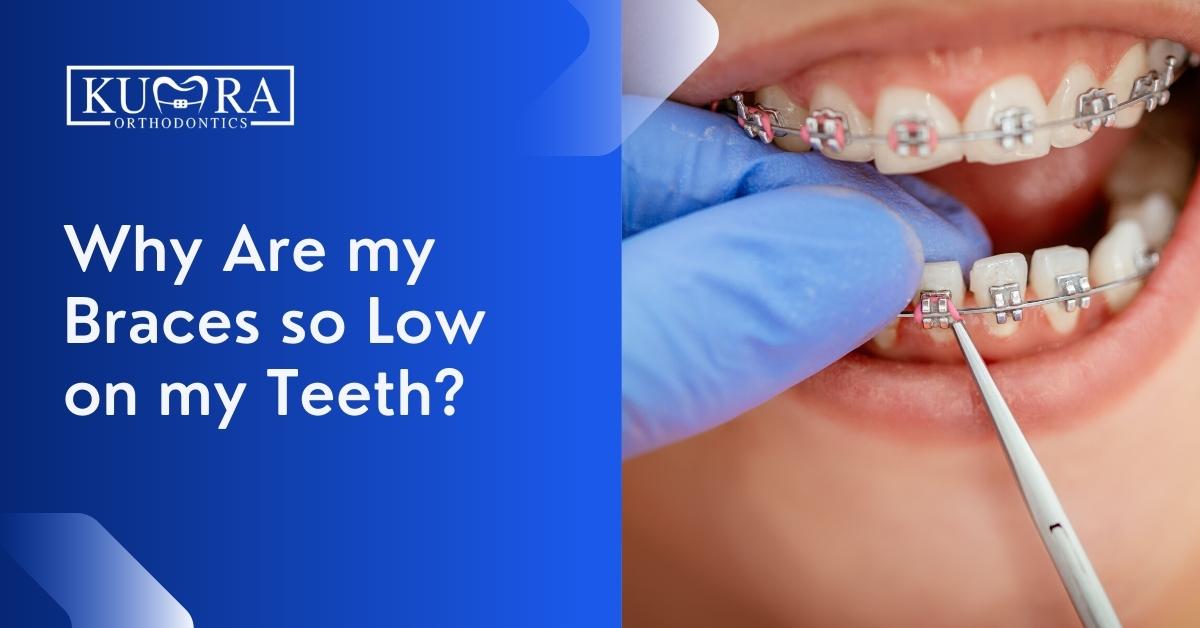Comprehensive Overview to Orthodontics Treatments for Correcting Dental Imbalances
Comprehending the complexities of each procedure, including their mechanisms, advantages, and possible downsides, is vital in making educated choices regarding one's orthodontic treatment. As we navigate via the extensive guide to orthodontic procedures for correcting oral imbalances, the complex details of each approach will certainly unfold, shedding light on the course toward a harmonious and useful oral positioning.
Orthodontic Procedures Summary

In addition to clear aligners and typical dental braces, orthodontists might additionally suggest various other interventions like headwear, palatal expanders, or retainers to address certain placement concerns (braces). These procedures are customized per client's unique requirements and might involve a combination of therapies to attain the desired outcomes. Normal adjustments and tracking are crucial parts of orthodontic therapy to ensure progress gets on track and to make any kind of necessary adjustments along the road. By going through orthodontic treatments, patients can not only accomplish a straighter grin yet additionally boost their overall oral health and wellness and feature.
Conventional Braces: How They Function
When considering orthodontic therapies for dental imbalances, standard braces attract attention as a tried and true method for dealing with teeth positioning. Traditional dental braces consist of braces, cables, and bands that collaborate to apply continual pressure on the teeth, progressively moving them right into the desired placement. The brackets are affixed to the teeth using an unique adhesive, and the wires are threaded via the braces. By adjusting the stress of the wires, orthodontists can manage the direction and force related to each tooth, directing them into correct positioning with time.
One trick element of exactly how traditional dental braces work is the process of bone improvement. As pressure is related to the teeth via the dental braces, the bone surrounding the teeth is reshaped to sustain the brand-new tooth positions. This makeover is vital for the lasting security of the remedied alignment. People will need regular changes at the orthodontist's office to make certain the dental braces remain to apply the appropriate pressure for efficient teeth motion.
Undetectable Aligners: Cons and pros
Unnoticeable aligners provide a discreet and convenient choice to typical braces for fixing dental misalignments. These clear, custom-made trays are virtually invisible when put on, making them an enticing option for individuals looking for a much more visually pleasing orthodontic treatment. Among the key benefits of unseen aligners is their removability, enabling much easier maintenance of oral health compared to traditional braces. Clients can remove the aligners prior to eating or cleaning their teeth, minimizing the danger of food obtaining embeded the device and streamlining the cleaning procedure.

Surgical Orthodontic Options
Surgical treatments in orthodontics present viable options for dealing with complicated dental misalignments that might not be properly resolved through conventional orthodontic therapies. While traditional dental braces and unseen aligners can deal with several orthodontic concerns, specific instances need medical treatment to accomplish ideal results. Surgical orthodontic options are generally recommended for extreme malocclusions, considerable jaw inconsistencies, and cases where the underlying bone structure requires adjustment to accomplish proper placement.
One usual medical orthodontic procedure is orthognathic surgery, which entails repositioning the jaws to fix useful problems such as difficulty eating or talking. This surgical treatment is typically performed in cooperation with an orthodontist who helps line up the teeth before and after the treatment. Surgical orthodontics may additionally include procedures to subject impacted teeth, get rid of excess gum cells, or reshape the jawbone to develop a much more unified facial account.
Before taking into consideration surgical orthodontic alternatives, clients undertake a detailed evaluation to figure out the site link necessity and possible benefits of such interventions. orthodontist. While surgical treatment may seem daunting, it can substantially improve both visit this site the function and aesthetics of the smile in situations where standard orthodontic treatments fall short
Retainers and Post-Treatment Treatment

Post-treatment care involves complying with the orthodontist's guidelines faithfully. This may include appropriate dental health techniques, attending follow-up visits, and using the retainers as suggested. Failing to abide with post-treatment care instructions can result in relapse, where the teeth slowly return in the direction of their initial settings. Regular retainer wear, excellent oral health, and regular dental check-ups are important for preserving the results accomplished through orthodontic surgical treatment and guaranteeing the lasting stability of the remedied oral placement.
Final Thought
Finally, orthodontic treatments provide various alternatives for dealing with oral misalignments. Traditional dental braces use metal braces and cables to shift teeth right into appropriate positioning. Invisible aligners give an even more very discreet option but might not be appropriate for all cases. Surgical orthodontic alternatives are offered for more extreme misalignments. Retainers are typically made use of post-treatment to preserve the brand-new positioning. Overall, orthodontic treatments can efficiently improve dental health and visual look.
As we navigate via the comprehensive overview to orthodontic treatments for correcting oral imbalances, the elaborate information of each approach will unravel, losing light on the path toward a unified and useful oral alignment. - braces
One of the most usual orthodontic therapies is the use of braces, which consist of steel braces and wires that apply gentle stress to progressively shift teeth into the preferred placement.When taking into consideration orthodontic treatments for dental misalignments, standard dental braces stand out as a time-tested method for dealing with teeth positioning. Furthermore, unseen aligners might not be suitable for complex orthodontic issues that need more pop over to this site considerable teeth motion, as they are commonly advised for mild to moderate cases. Retainers are custom-made orthodontic devices developed to hold teeth in their fixed settings after the completion of orthodontic treatment.